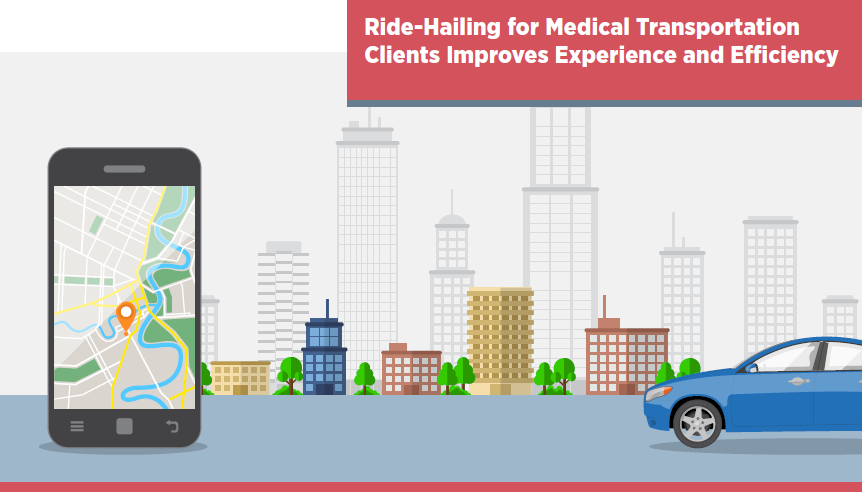Suicide rates have been rising in nearly every state in the U.S. in recent years, and in Pennsylvania and Allegheny County, suicide rates are higher than the nation’s. This data brief explores Allegheny County suicide trends since 2008 as well as demographics, causes of death, and publicly funded service usage of those who died.
The Allegheny Family Screening Tool (AFST) is a predictive risk model designed to improve decision-making in Allegheny County’s child welfare system. The tool utilizes hundreds of data elements to predict the likelihood that a child referred for abuse or neglect will later experience a foster care placement. The AFST provides additional information – in conjunction with clinical judgement – to assist child welfare workers making a call screening decision.
After a multi-year process that included rigorous research, community feedback, and independent ethical review, Version 1 of the AFST started being used by call screeners in August 2016. Findings from an independent impact evaluation and a commitment to continuous improvement of the tool led to a rollout of Version 2 in December 2018 that updated the algorithm, data sources, and associated policies.
View a comprehensive packet on the AFST that provides all of the County’s published research and partner evaluations to date or select from the following documents:
- Methodology of the AFST
- Evaluations of the AFST, Version 1
-
-
- Impact Evaluation Summary and Full Impact Evaluation (April 2019)
- Process Evaluation (January 2018)
- Ethical Analysis and Response to Ethical Analysis (April 2017)
-
-
- Frequently-Asked Questions
In July 2013, the Center for the Study of Social Policy (CSSP) and the Allegheny County Department of Human Services (DHS) launched a partnership to better support child welfare-involved youth achieve healthy sexual and identity development. This institutional analysis prepared by CSSP used data analysis, case reviews, and interviews to understand current experiences of LGBTQ+ children and families who interact with child welfare as well as cultural and practice changes that have occurred since the initiative began.
The dashboard below provides information on licensed substance use disorder and mental health treatment providers in Allegheny County as of August 2018.
Trouble viewing the dashboard? You can view it directly here.

Analysis of arrests over time provides valuable insights about a city and its changing crime trends and law enforcement policies. This series of three reports uses data from the City of Pittsburgh Bureau of Police and the Allegheny County Data Warehouse to look at arrests since 2001 and the people who were involved.
Arrest Trends in the City of Pittsburgh provides an overview of arrests and people who were arrested in 2001 through 2015, including rates over time, crime types, demographics of people arrested and neighborhood trends.
People Arrested More Than Once in the City of Pittsburgh takes a closer look at the people who were arrested multiple times. This analysis describes the demographics of repeat arrestees, the types of crimes for which they were commonly arrested, neighborhoods where repeat arrests occurred, and human services and criminal justice system involvement of repeat arrestees.
Human Services Involvement of People Arrested in Pittsburgh describes involvement with other systems of people who were arrested. Analysis of people’s involvement with human services and the criminal justice system before, during and after arrest offers insight into the needs and service experiences of this population.
In 2016, the Allegheny County Jail began offering naloxone, a life-saving medication that rapidly reverses opioid overdose, to people exiting the jail. Since then, the jail has distributed over a thousand naloxone kits. This data brief describes the naloxone distribution program and provides information on the people who received naloxone, including their demographics, the communities they lived in after leaving jail, and how many died of an overdose following their release from jail.

Allegheny County Medicaid recipients are entitled to free transportation assistance to their non-emergency medical appointments. Traditionally, this transportation has been provided by paratransit vehicles for those not able to utilize public transportation or their own vehicle. The advent of ride-hailing services like Lyft and Uber has presented a new, rider-friendly option. This report describes a pilot program that tested the viability and user experience of ride-hailing services for people using medical assistance transportation.
The Center for State Child Welfare Data analyzed Allegheny County data to explore whether the presence of a Family Support Center in a neighborhood is associated with lower child welfare maltreatment investigation rates. The analysis found that areas in Allegheny County served by Family Support Centers had fewer maltreatment investigations once the level of social disadvantage and population size were considered.
Click here to view the full report.
DHS’s full evaluation of the Allegheny County Family Support Center network is available here.
The Allegheny County Jail Collaborative is a group of government agencies, nonprofit organizations, volunteers and community members who are committed to improving the transition of people returning to the community after leaving the Allegheny County Jail. This report describes the Jail Collaborative’s 2016-2019 strategic plan, progress that has been made in the past year and advancements expected in the coming years.

People struggling with unhealthy drug or alcohol use sometimes face challenges when it comes to accessing treatment. Research has found that lack of insurance, unfamiliarity with treatment options, a shortage of available treatment slots, and concern that treatment will not work can all contribute to a person hesitating to seek help.
The Allegheny County Department of Human Services wanted to learn more about the barriers that people face when accessing publicly funded treatment in our region, so we interviewed more than 60 consumers, family members, and staff who had experience with the treatment system. Using a human-centered design approach, we summarized the information from the interviews into insights and then used the insights to ask “how-might-we” questions related to future system improvements.

Teens in foster care sometimes face challenges when it comes to getting permission to do things like spending the night at a friend’s house, using the internet, or joining a school sports team. The Allegheny County Department of Human Services (DHS) wanted to find out more about the perspective of teens in foster care, so we asked 300 teens about their ability to participate in a range of school and social activities.
The majority of teens surveyed felt that they could participate in most of the activities we asked about. For example, almost all teens said they could choose their own style of clothing, access information about safe sex, and use the internet. Activities that were found to be the most difficult for teens in foster care included having a job (51% said they were unable) and sleeping over at a friend’s house (41% said they were unable). Teens in family-based settings were generally able to participate in more activities than teens in group care, and for most activities, more boys than girls said they were able to participate.
See the full report for an analysis of all survey results as well as a comparison of responses by teens’ placement type, gender and race.

When a child is placed in a foster home, the resulting move can also mean living in a new school district. Research has shown that unplanned school changes can lead to worse educational outcomes, such as lower test scores and graduation rates. A 2015 federal mandate, the Every Student Succeeds Act, requires that children in child welfare placements remain in their home school – unless it is determined not to be in the student’s best interest – so as to maximize a student’s stability and educational outcomes.
In response, the Allegheny County Department of Human Services took advantage of a wealth of data and strong school partnerships to develop a collaborative, child-centered process that helps children in child welfare placements maintain school stability whenever possible. The result was hundreds of students continuing to attend their home school in the 2016-17 school year.
Read the full report to learn about how DHS responded, challenges we faced, and results from the first year of implementation.

The Allegheny County Department of Human Services (DHS) continuously strives to better understand our clients’ experiences and incorporate that feedback into service planning. We recently tested satisfaction kiosks as a new way of collecting feedback. The wireless kiosks were placed in a variety of service locations and asked clients to indicate their satisfaction by pressing a button, with the results quickly and anonymously sent to DHS. Staff and clients responded positively to the pilot, and we were able to collect feedback on a range of services. Building on the success of the pilot, we are continuing to employ innovative technology to hear from the people we serve.
This series of three reports gives an overview of the kiosk pilot program and then takes a closer look at ways the kiosks are helping us better understand our clients.
Piloting Satisfaction Kiosks: Overview, Implementation and Insights
Read about how the pilot was implemented, examples of survey questions, lessons learned, and next steps for building on the success of the pilot.
Satisfaction Kiosk Findings: Clients’ Overall Satisfaction
This data brief describes the results of six different survey questions that asked DHS clients about their overall satisfaction. Some clients responded to the question, “How did you feel about the service you received today?” while others were asked to agree or disagree with statements such as, “I feel better than when I came in” and “I felt heard today by staff.”
Satisfaction Kiosk Findings: Clients’ Experience with Homelessness and Housing Services
This data brief describes the results of survey questions that were asked of some clients who visited housing and homelessness programs. Clients used kiosks to give feedback on service quality, their unmet needs, and interest in possible future programming.
The dashboard below displays data about homelessness programs in Allegheny County and the clients using them. Data comes from the Allegheny County Homeless Management Information System (HMIS). Data is available from January 1, 2014 through the present and is updated daily (with a lag time of one day).
Problems viewing the dashboard? You can view it directly here.
Related materials
In an effort to provide affirming services to LGBTQ (lesbian, gay, bisexual, transsexual, queer/questioning) communities involved with Allegheny County’s Department of Human Services (DHS), the first Department-wide LGBTQ work group began in 2009. At that time, sexual orientation and gender identity were not frequently discussed as part of DHS practice. By 2016, DHS had made great strides in affirming LGBTQ communities. Work within DHS and with community partners led to written practice guidance related to gender and sexuality, improved understanding of bias in the workplace, the creation of an LGBTQ advisory council, and improved data collection related to gender and sexuality.
This report shares DHS’s experiences from 2009 through 2016 as it worked to better understand and serve the LGBTQ communities of Allegheny County. We share our strategies, challenges and lessons learned with the hope that others can learn from them.
